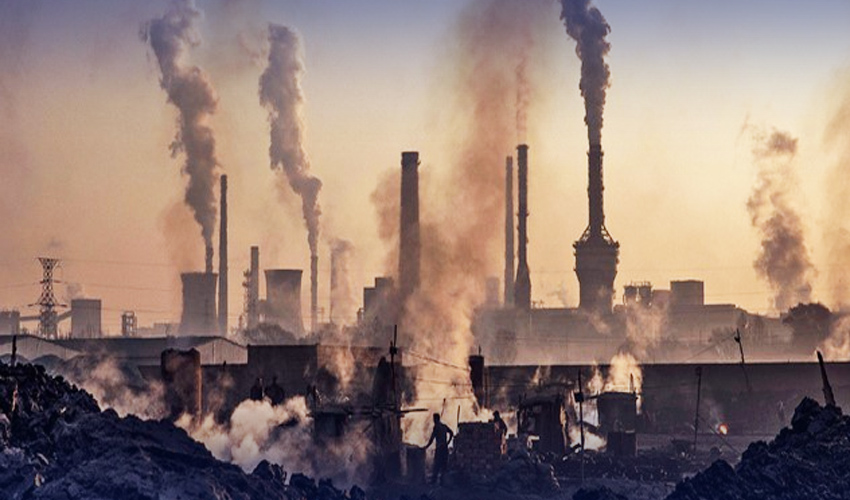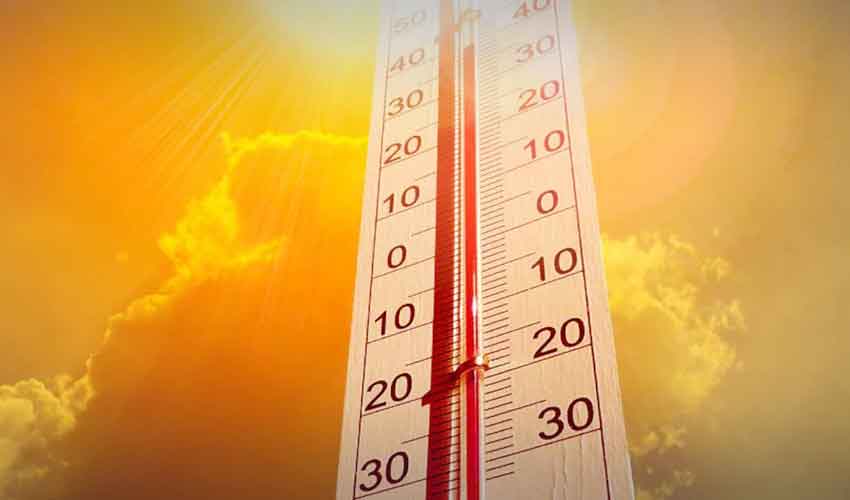Air pollution in Lahore has surged to alarming levels, making it the most polluted city in Pakistan and the second-most polluted globally.
According to international air monitors, the city's air quality is currently 19 times more hazardous than the World Health Organization (WHO) guidelines.
Lahore's Air Quality Index (AQI) has recorded dangerously high levels across various parts of the city. The overall AQI was recorded 181.
Defense Phase 3 Walton tops the list with an AQI of 292, followed by Defense Phase 8 and surrounding areas at 248, and Ferozepur Road and Gulberg at 233. The Cantonment area has recorded an AQI of 197, while The Mall road and its surroundings show a level of 186.
Medical experts have urged citizens to take precautions when going outdoors, particularly during the smog season, which has already begun. They recommend wearing masks and protective goggles, as the concentration of harmful airborne chemicals is expected to linger in the atmosphere throughout October and November.
Meanwhile, Lahore Deputy Commissioner Musa Raza has claimed an improvement in the city’s air quality index this year due to proactive pre-smog operations compared to last year. He has said that if the situation worsens this year, preparations for artificial rain have already been completed in collaboration with the Pakistan Army.
Raza also mentioned that 80 choking points have been identified across the city to monitor and eliminate encroachments, which contribute to dust and pollution. Furthermore, the Regional Transport Authority has intensified action against vehicles emitting smoke, while zig-zag technology has been implemented in brick kilns to reduce emissions from furnaces.
Another major step taken by the authorities is the crackdown on the burning of crop residues, a key contributor to smog. Musa Raza assured that strict actions are being taken against those responsible for such activities.
Environmental experts have warned that smog is expected to worsen in the months of October and November. The weather during these months is particularly conducive to the persistence of hazardous chemicals in the atmosphere, raising concerns about potential health risks for the city's residents.



























